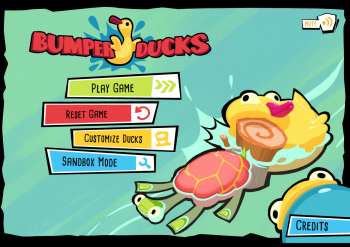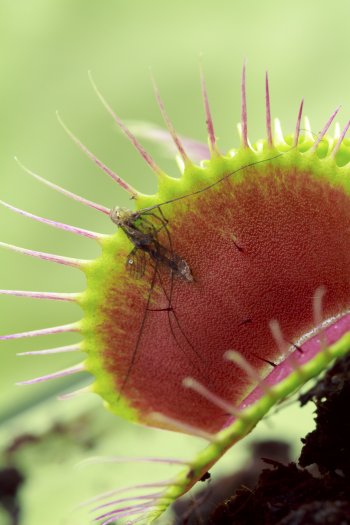Explore our Curriculum & Resources

Video
Explore Smithsonian: How do Scientists use Electricity to Study Fish Populations?
This is a free resource
Filed Under
Grade 3
Grade 4
Grade 5
Grade 6
Grade 7
Grade 8
Life Science
Sustainability

Curriculum
STC Secondary: Experimenting with Forces and Motion
Filed Under
Grade 6
Grade 7
Grade 8
Physical Science

Curriculum
STC Program: Energy, Machines, and Motion Unit Kit
Filed Under
Grade 6
Grade 7
Grade 8
Physical Science

Curriculum
STCMS™: Electricity, Waves, and Information Transfer (2018)
Filed Under
Grade 6
Grade 7
Grade 8
Physical Science

Curriculum
STC Secondary: Exploring Respiration and Circulation
Filed Under
Grade 6
Grade 7
Grade 8
Life Science

Video
Experimenting with Mixtures, Compounds, and Elements– Organization!
Filed Under
Grade 6
Grade 7
Grade 8
Physical Science

Curriculum
STCMS™: Energy, Forces, and Motion
Filed Under
Grade 6
Grade 7
Grade 8
Physical Science

Game
BumperDucks
This is a free resource
Filed Under
Grade 6
Grade 7
Grade 8
Physical Science

Curriculum
STCMS™: Structure and Function
Filed Under
Grade 6
Grade 7
Grade 8
Life Science

Video
Experimenting with Forces of Motion– Materials Considerations
This is a free resource
Filed Under
Grade 6
Grade 7
Grade 8
Physical Science

Video
Explore Smithsonian: How do Scientists Track and Monitor Blue Crab Populations in the Chesapeake Bay?
This is a free resource
Filed Under
Grade 3
Grade 4
Grade 5
Grade 6
Grade 7
Grade 8
Life Science
Sustainability

Video
Experimenting with Mixtures, Compounts, and Elements– Marking Chromotography Paper
Filed Under
Grade 6
Grade 7
Grade 8
Physical Science

Video
Explore Smithsonian: How Does a Curator of Great Cats Monitor the Health of Individual Lions in a Pride?
This is a free resource
Filed Under
Grade 3
Grade 4
Grade 5
Grade 6
Grade 7
Grade 8
Life Science
Sustainability

Curriculum
STC-Secondary™: Investigating Biodiversity and Interdependence
Filed Under
Grade 6
Grade 7
Grade 8
Life Science

Curriculum
STCMS™: Matter and Its Interactions
Filed Under
Grade 6
Grade 7
Grade 8
Chemistry

Curriculum
STC Program: Food Chemistry Student Investigations Guide, 3rd Edition
Filed Under
Grade 6
Grade 7
Grade 8
Physical Science

Curriculum
STC Secondary: Discovering Electrical Systems
Filed Under
Grade 6
Grade 7
Grade 8
Physical Science

Video
Explore Smithsonian: How do Scientists Sample Populations of Fish and Invertebrates Along the Shorelines?
This is a free resource
Filed Under
Grade 3
Grade 4
Grade 5
Grade 6
Grade 7
Grade 8
Life Science
Sustainability

Video
Experimenting with Mixtures, Compounds, and Elements– Separating Solutes (Preparation for Lesson)
Filed Under
Grade 6
Grade 7
Grade 8
Physical Science

Video
Investigating Biodiversity and Interdependence– Investigating Fungi
Filed Under
Grade 6
Grade 7
Grade 8
Life Science

Video
Explore Smithsonian: How Can a Greenhouse Use Technology to Meet the Needs of Different Types of Plants?
This is a free resource
Filed Under
Grade 3
Grade 4
Grade 5
Grade 6
Grade 7
Grade 8
Life Science

Video
Exploring Properties of Matter– Surface Gravity
Filed Under
Grade 6
Grade 7
Grade 8
Physical Science

Video
Explore Smithsonian: How Can We Know About the Reproductive Cycle of an Animal by Its Poop?
This is a free resource
Filed Under
Grade 3
Grade 4
Grade 5
Grade 6
Grade 7
Grade 8
Life Science

Curriculum
STCMS™: Genes and Molecular Machines
Filed Under
Grade 6
Grade 7
Grade 8
Chemistry

Video
Explore Smithsonian: What External Adaptations do Pandas Have for Their Unique Diet?
This is a free resource
Filed Under
Grade 3
Grade 4
Grade 5
Grade 6
Grade 7
Grade 8
Life Science























